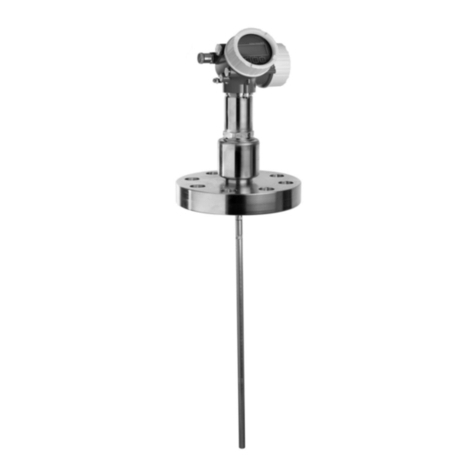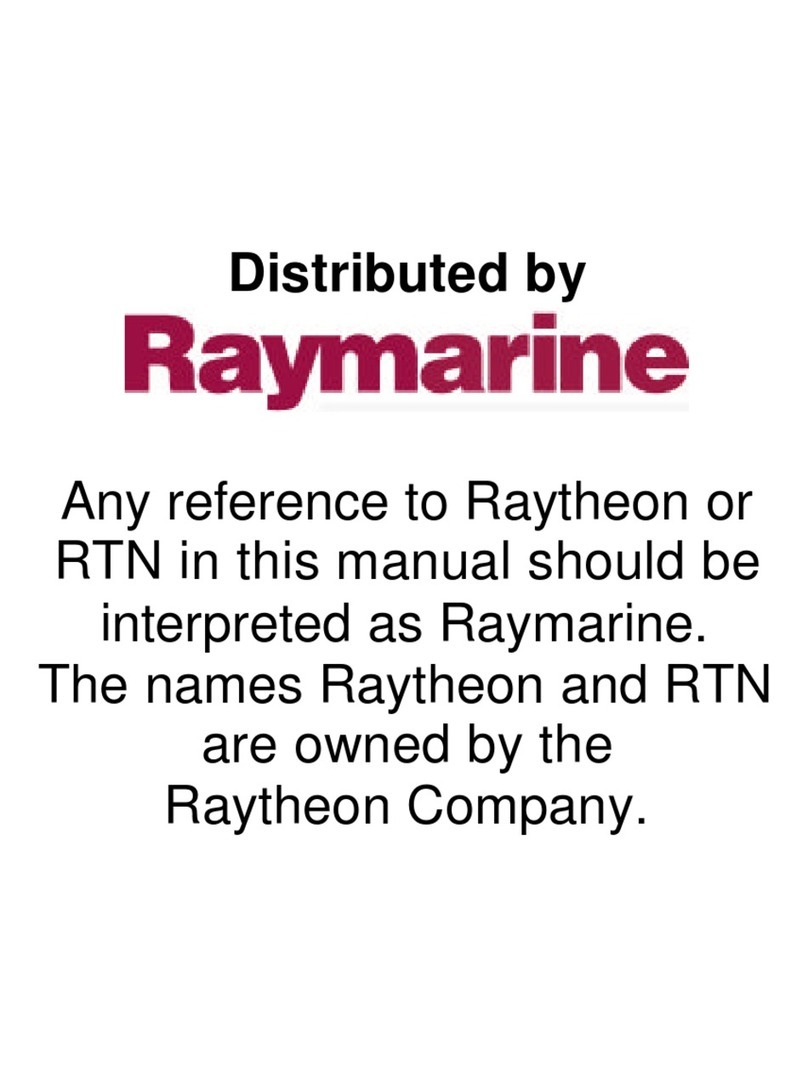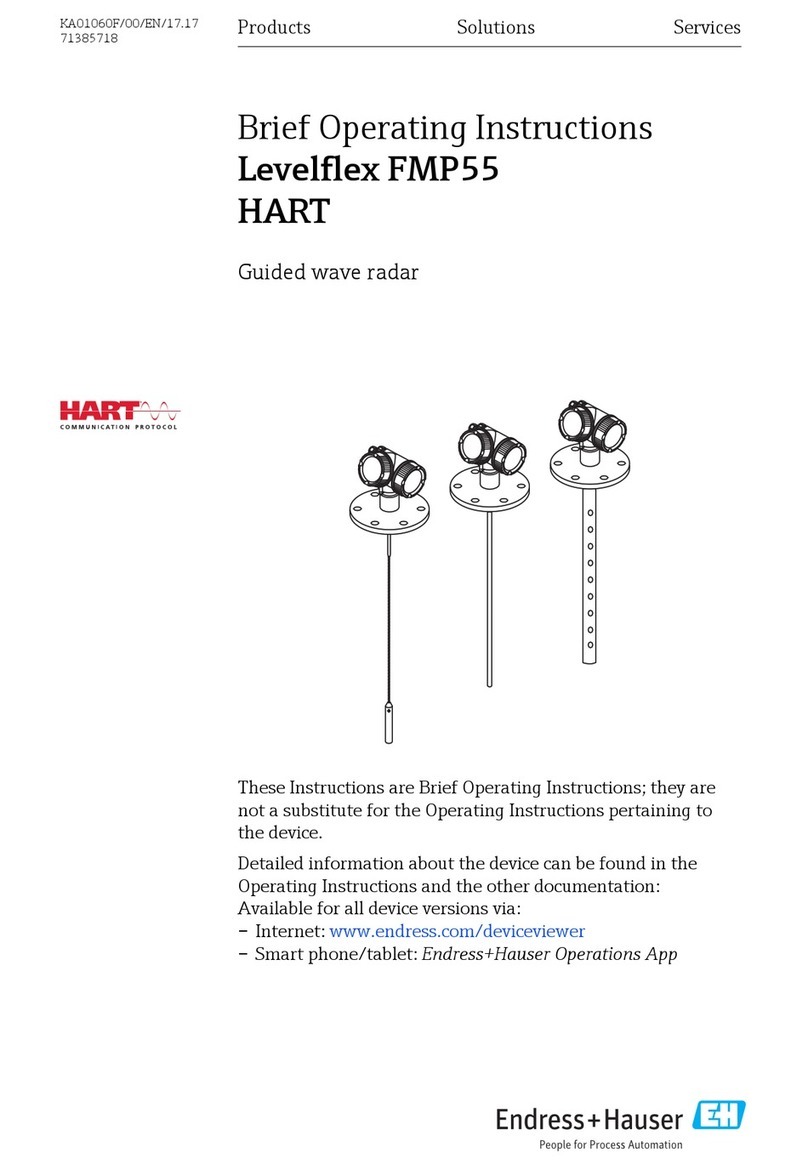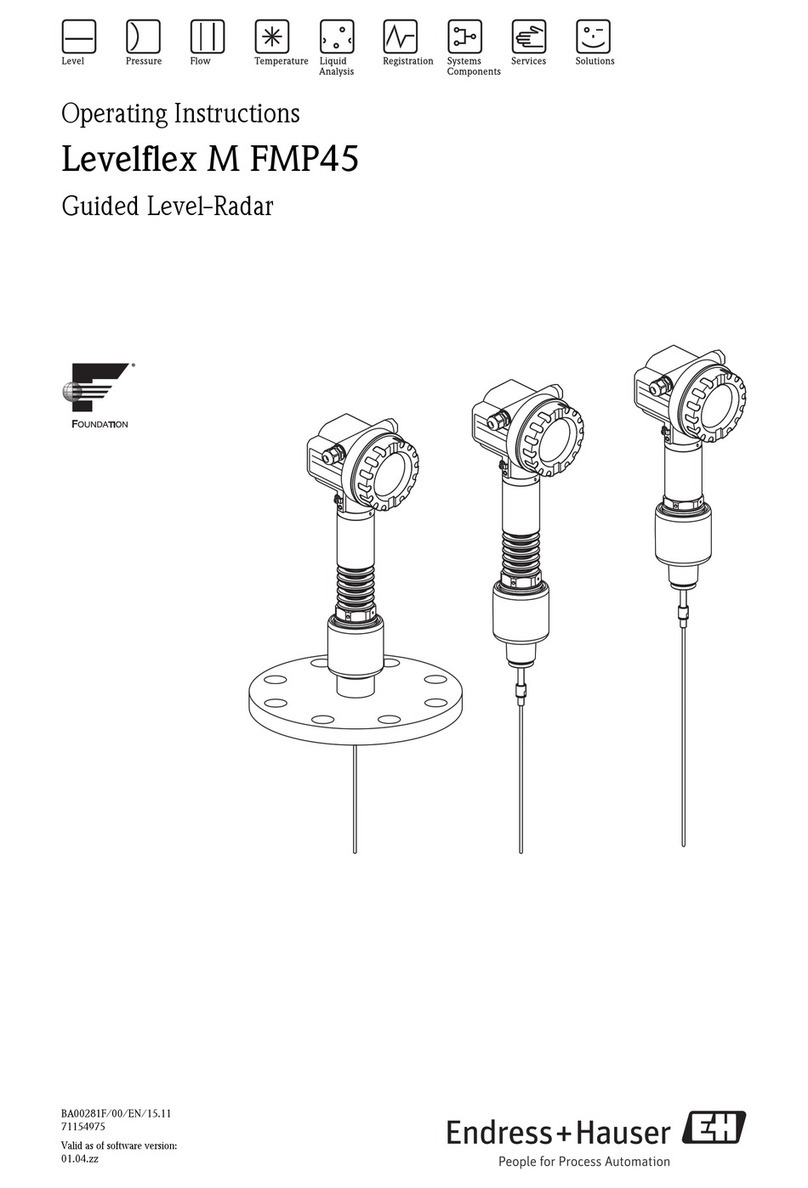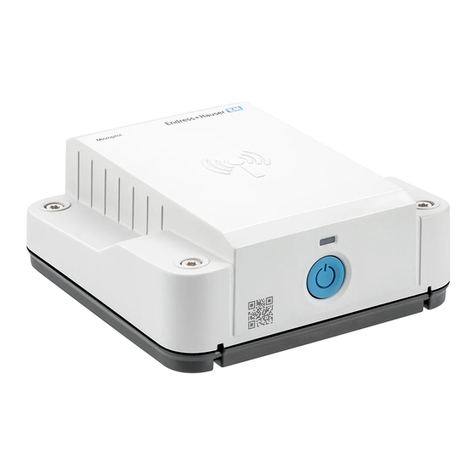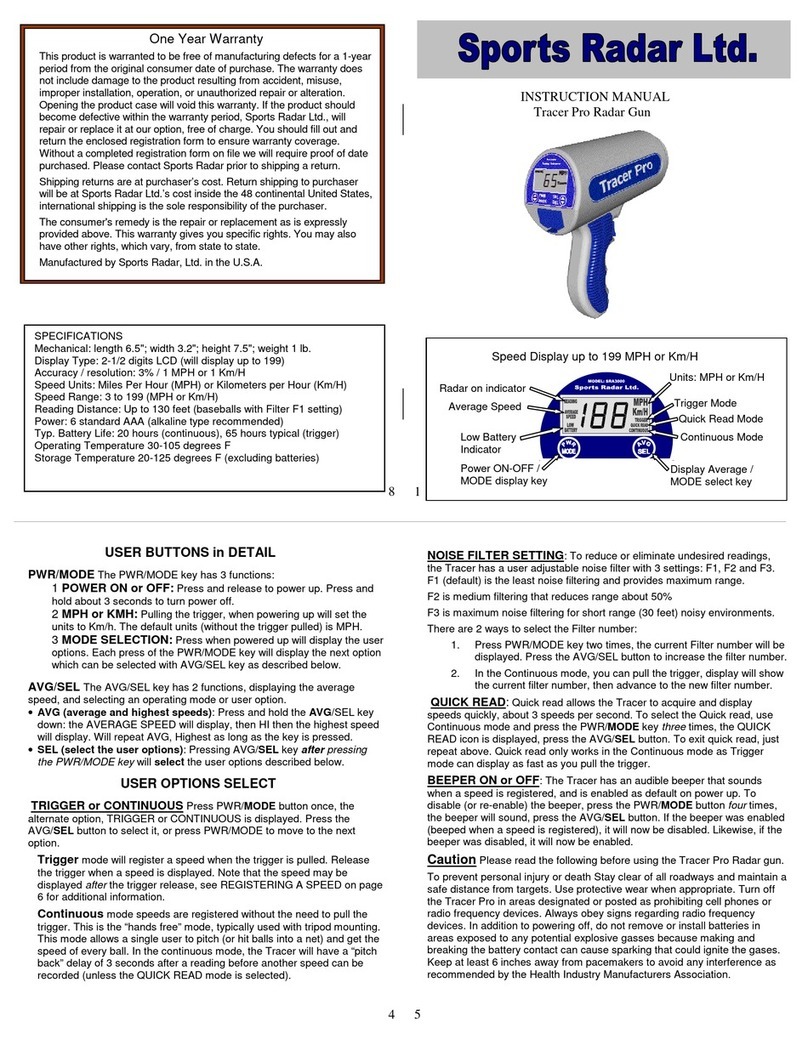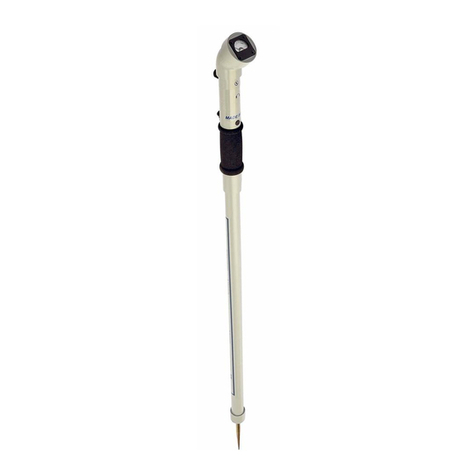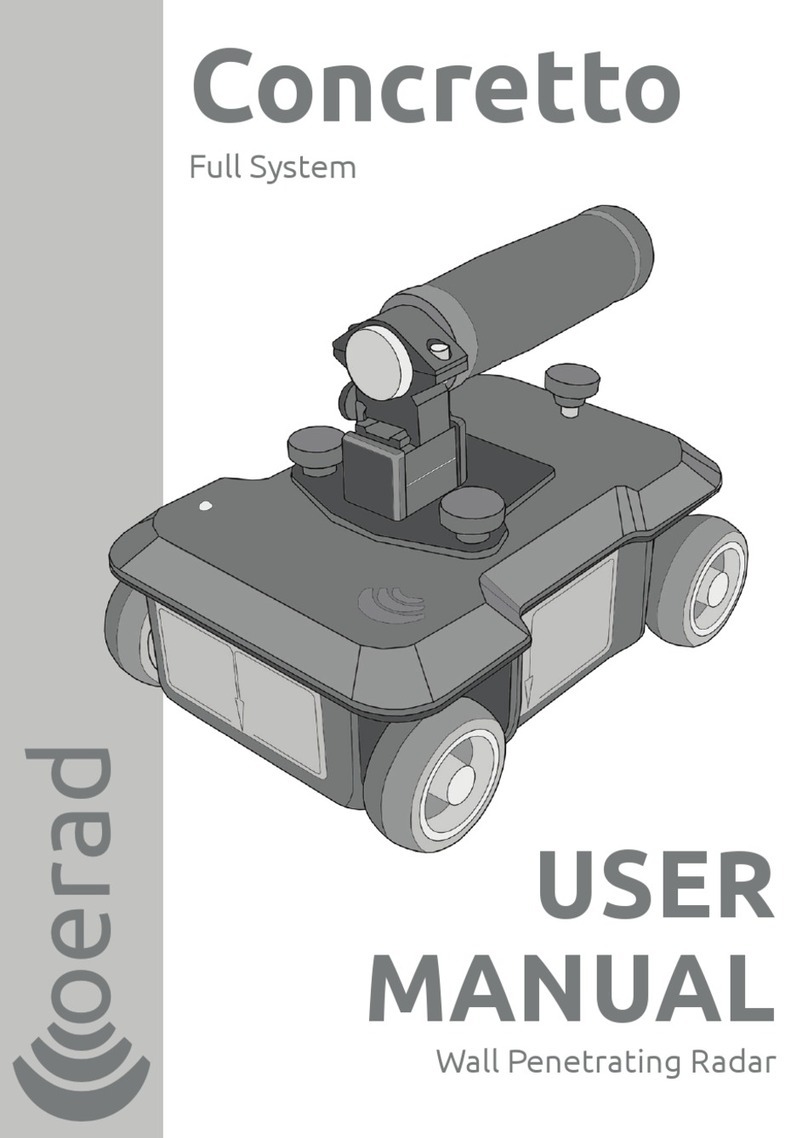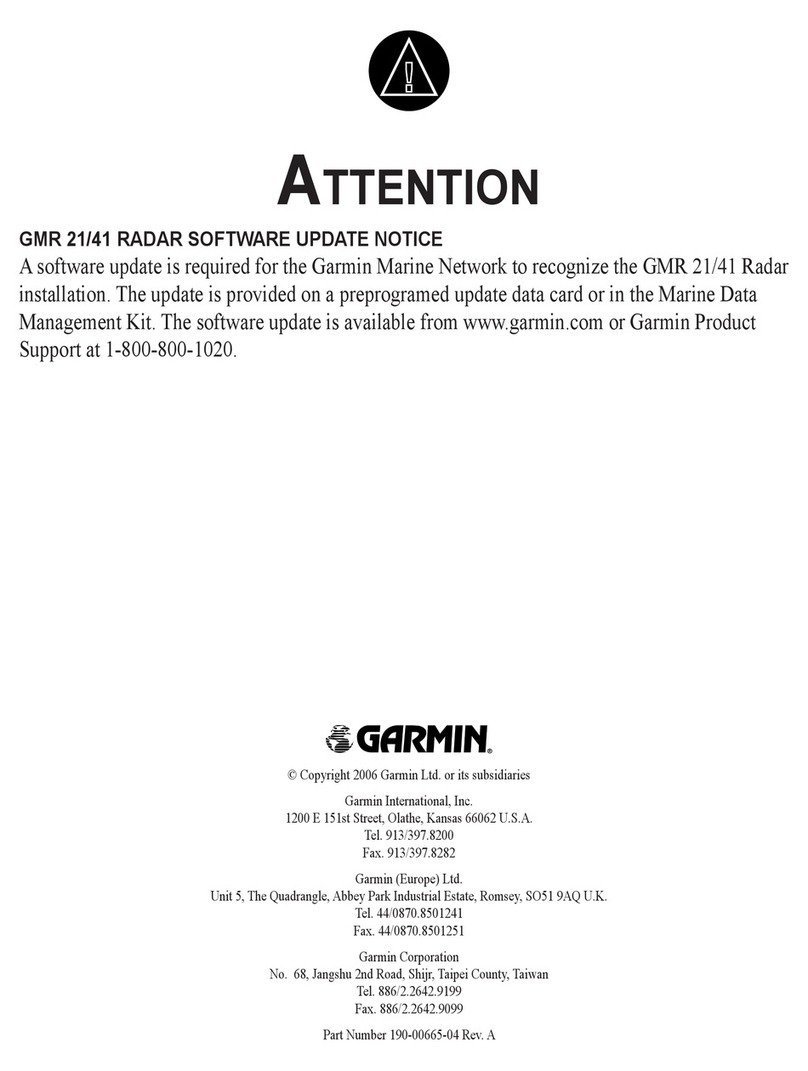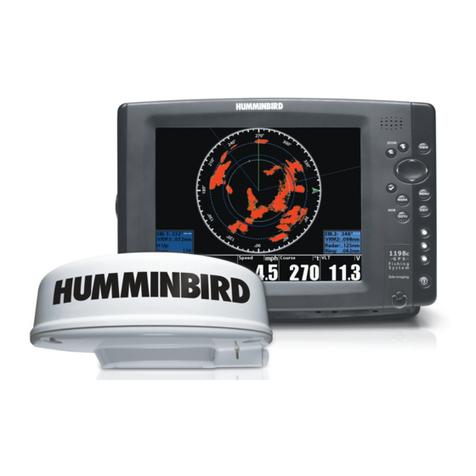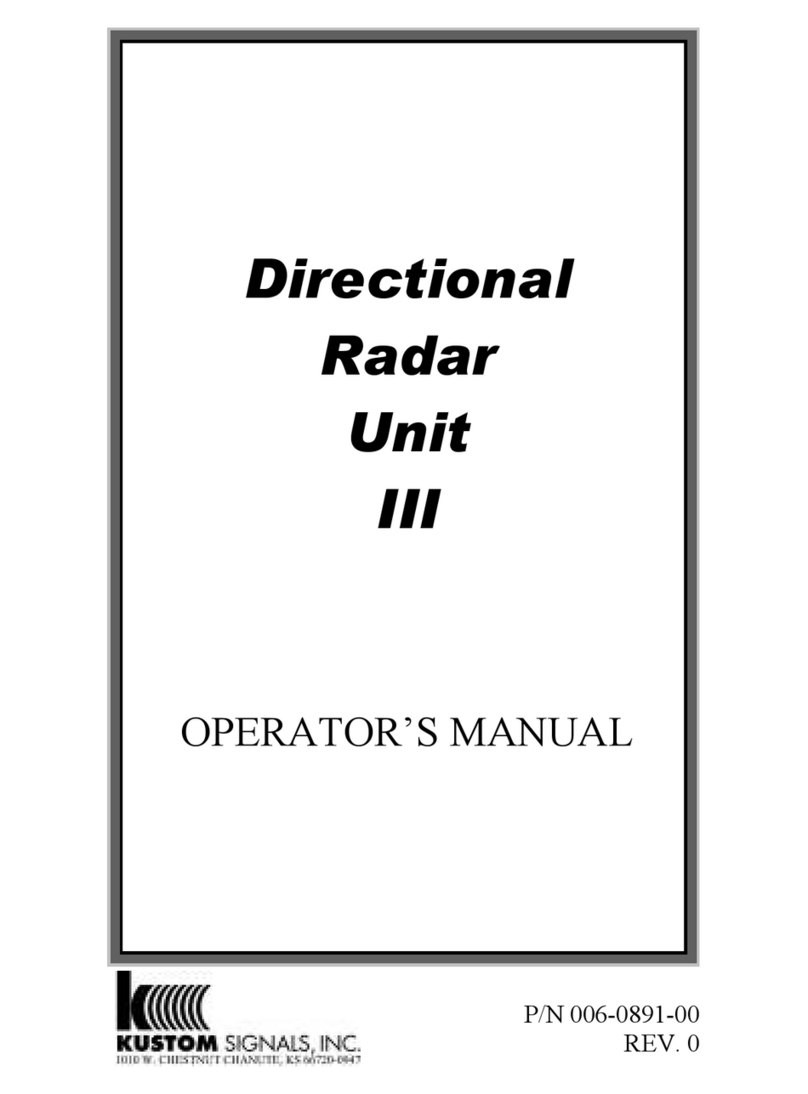
1This section provides an introduction to the Nucleus 3
Display systems.
2The Nucleus 3 Radar systems can be configured to
suit customer requirements, according to the quantity
and types of display, transmitter/receiver and Interswitch
unit used. Typical configurations are shown on the Figures
at the end of this Introduction.
3The comprehensive use of colour, provides an
optimum display of radar picture, selectable functions,
warnings, target information and Ownship navigation data.
4The Nucleus 3 5000 series equipment is designed for
use as a desk mounted display. It can also be mounted
on a pedestal base, for deck-mounting, if required. All
electronics including the display driver, system processor,
interface and ARPA (if fitted) are accessed via a removable
top panel.
5The Nucleus 3 6000 series equipment is designed for
use as either a deck mounted Console or a desk
mounted Display with a separate Processor cabinet. Display
driver electronics are accessed through a top panel, whilst all
other electronics including the system processor, interface
and ARPA (if fitted) are accessible via the front panel.
6The Nucleus 3 7000 series equipment features a
range of remote Flat Panel display options designed
for either console or desktop mounting
OPERATION
7Nucleus 3 colour Radar Displays utilise a unique
method of operation. The entire operation of the radar
(apart from power ON/OFF switching and degauss) is
controlled by using the trackerball and the three pushbutton
keys located on the specially designed ergonomic control
unit, featuring a contoured hand rest.
8The operation of the Nucleus 3 range of radars is
designed to be simple and intuitive. A cursor is moved
by the trackerball inside and outside the radar circle. When
the cursor is moved to be within the confines of a ‘Status Box’
(located outside the radar circle) the box is automatically
highlighted; pop-down boxes provide abbreviated
pushbutton functionality. Simultaneously, function options
are displayed as a labelled diagrammatic view of the three
pushbuttons in the ‘Pushbutton Selection Box’. The
functions are accessed by pressing the appropriate
pushbutton. The ‘Status Box’ changes to display the new
status and the cursor can then be moved back to the radar
circle or to another function box.
9When the cursor is inside the radar circle, the three
buttons are used for plotting targets, positioning
markers and mapping graphics. A diagrammatic labelled
view of the pushbutton functionality is displayed in the
pushbutton selection box.
10 Detailed Operating Information is provided in
Chapter 1.
PLOTTING AIDS
11 Three types of radar plotting are available throughout
the Nucleus 3 range;
(1) Automatic Radar Plotting Aid (ARPA) - offering
manual and automatic acquisition and automatic
tracking.
(2) Automatic Tracking Aid (ATA) - providing manual
acquisition and automatic tracking.
(3) Electronic Plotting Aid (EPA) System - for manual
plotting.
12 Radar Plotting Aids are described in Chapter 2.
MAPPING
13 The mapping facility has a capacity of 350kbytes used
in a flexible partition arrangement. Maps can be
ground stabilised in any mode using a reference target, or by
external position fixing systems (e.g. GPS).
14 The maps are stored on internal non-volatile Flash
memory.
DISPLAY TYPES
15 The 5000, 6000 and 7000 series of displays provide
the following operational facilities:
(1) 5/6/7000ARPA - Relative Motion RM(R) and True
Motion TM(T) and Relative Motion RM(T) modes
incorporate True Motion and ARPA (Automatic
Radar Plotting Aid) facilities.
(2) 5/6/7000ATA - Relative Motion RM(R), True
Motion TM(T) and Relative Motion RM(T) modes
incorporate True Motion facilities and an ATA
computer input (an Automatic Tracking Aid).
(3) 5/6/7000EPA - Relative Motion RM(R), True
Motion TM(T) and Relative Motion RM(T) (True
Trails) Presentation, incorporate True Motion
facilities and Electronic Plotting facilities.
16 Day/night operation is optimised by colour and
intensity.
Original 1May 01
KH 2020
Introduction
INTRODUCTION





















